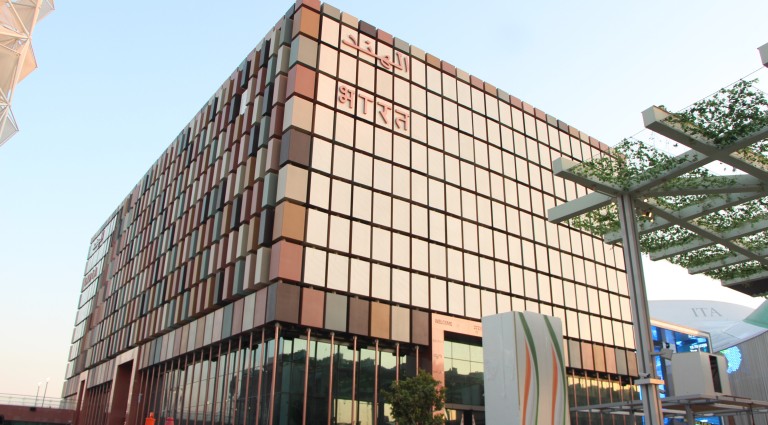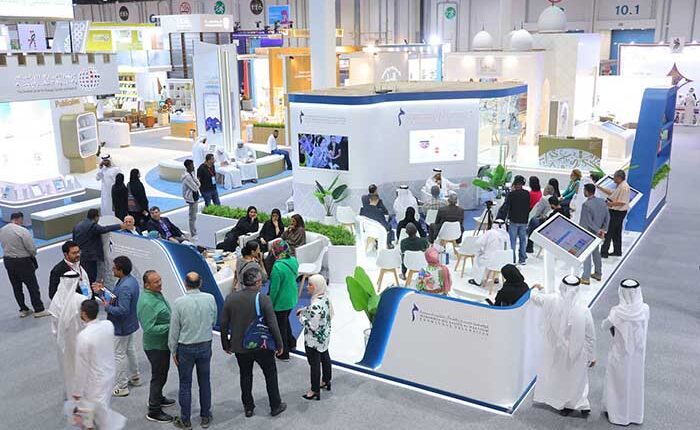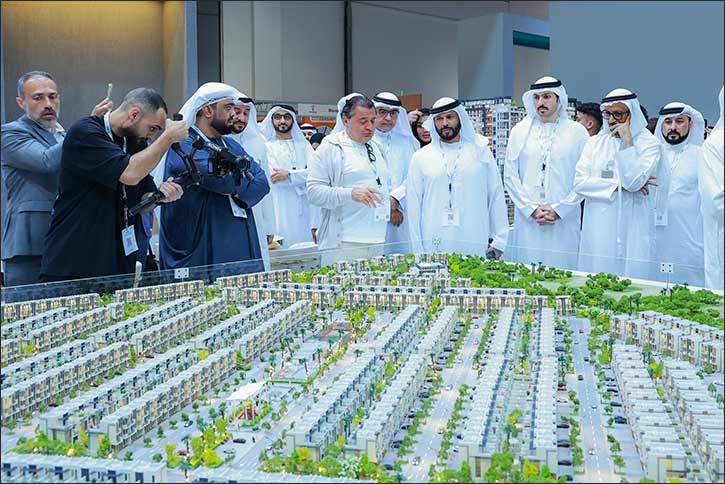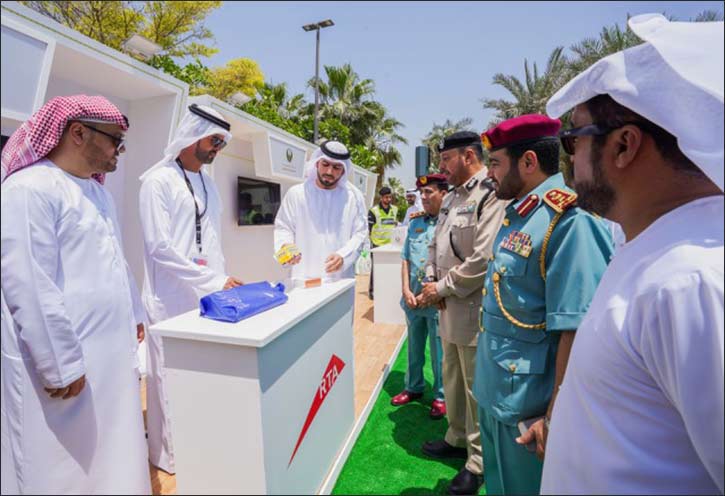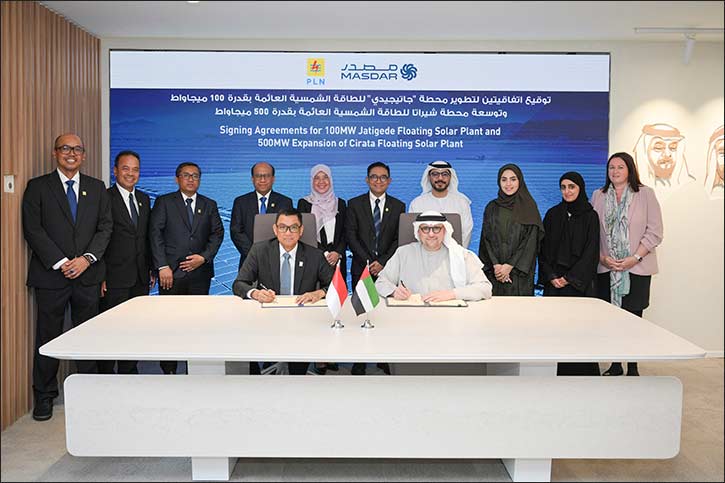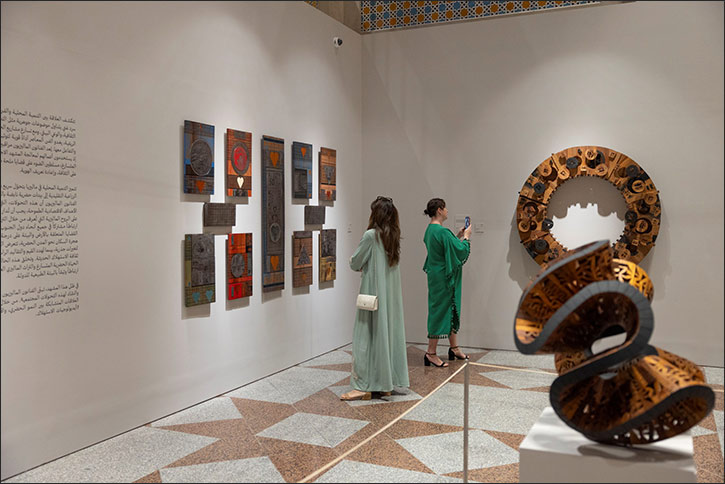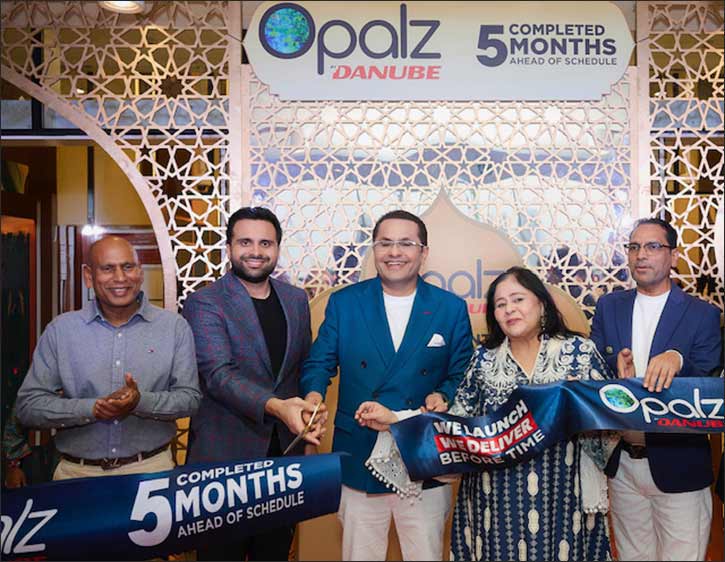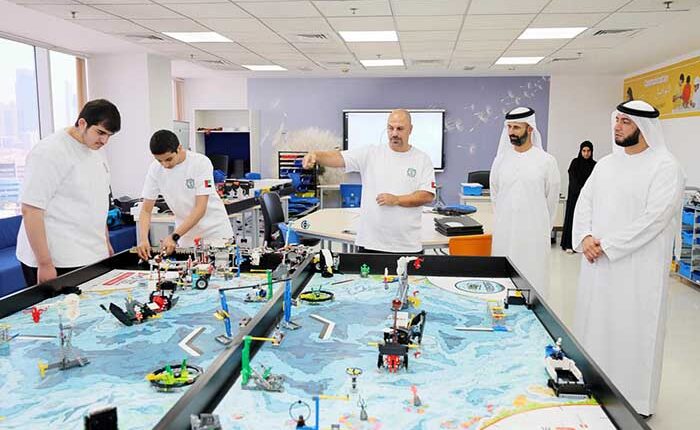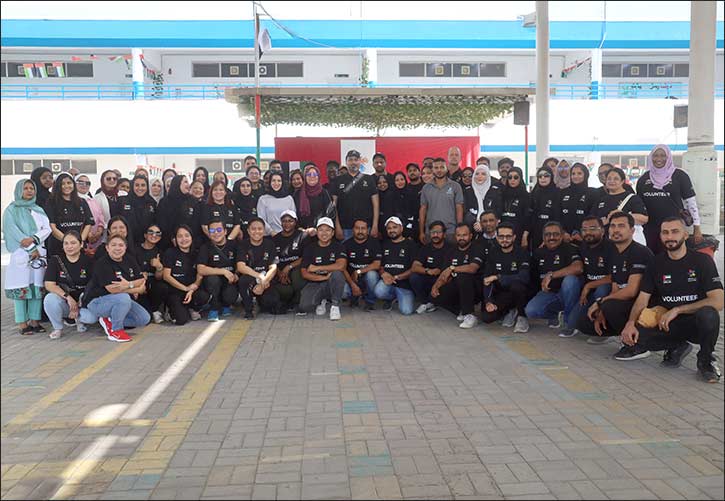The India Pavilion at EXOPO2020, which is one of the most-visited pavilions, recording 3.5 lakh visitors in less than 50 days of inauguration, has also been recognized as ‘One of the Most Iconic’ pavilion among participating country pavilions by the American Institute of Architects (AIA).
On this remarkable achievement of India at EXPO2020, AIA President Mr Daniel S Hart said, “We are pleased to be a part of India’s journey and success at the Expo 2020 and are happy to celebrate the achievement. At AIA, our primary goal is to ensure the safety of the planet with a focus on sustainable practices. The India Pavilion has achieved the same while representing the diverse cultural background of the country. The Pavilion not only showcases the rich history of the country, but also represents the numerous opportunities, possibilities and offers a window into the future.”
The India Pavilion, since its inauguration on October 1, by Shri Piyush Goyal, Minister of Commerce & Industry, Consumer Affairs, Food & Public Distribution and Textiles, Government of India has hosted several sector and state specific events to highlight India’s success and the roadmap of the future. Additionally, the Pavilion has represented India’s rich cultural heritage and has organised many cultural events with a unique amalgamation of culture, technology and business opportunities represented by India.
The external façade of the India Pavilion is made of 600 individual colourful blocks and is capable of kinetic movements symbolizing the theme – India on the move. The visitors also get to experience the immersive AI and VR technology at the Pavilion which transports them to a virtual India. While the traditional Indian elements showcase the rich cultural and traditional heritage of our nation, the modern architectural concepts display, economic and scientific capabilities of India.
The Pavilion is built across a 1.2-acre plot with a state-of-the-art building that will be a permanent structure and will become a part of District 2020. The structure will remain for posterity as part of India’s legacy in the UAE.
Talking about the uniqueness of the India Pavilion, Dr. Aman Puri, Consulate General of India in Dubai said, “We are delighted to see the response towards the India Pavilion and the work done by CP Kukreja Architects led by Mr. Dikshu Kukreja. We would like to thank AIA for choosing the India Pavilion as one of the most iconic pavilions at Expo 2020 Dubai. We believe the theme of ‘Connecting minds, creating a future’ has been translated through the pavilion structure”.
“As India represents a rich blend of cultures and influences, the same is also represented in our architectural heritage. India is home to 1/6th of the humanity and is an enormously diverse nation, the India Pavilion beautifully captures this diversity and tells the story of India. Every day, we see thousands of excited visitors who are mesmerised by the interactive nature of the Pavilion. We are looking forward to hosting many such visitors and sustaining the momentum,” Dr Puri added.
On the AIA recognition, Principal Architect of India Pavilion, Mr Dikshu C Kukreja said, “It is a great honour to be recognized by AIA and we are delighted to showcase our country at the Expo. We understand the importance of Expo 2020 Dubai and the Pavilion has been designed to showcase India’s diversity, heritage and the numerous opportunities presented by the country on a global pedestal”.
“It has been a pleasure to show the world that India’s architecture has evolved greatly from the ancient monuments and is now at par with the global contemporary architecture. Our primary goal was to show the transformation our country has gone through since independence while keeping in mind the expo themes of sustainability, mobility and connectivity. The kinetic façade, which changes with the Expo themes has been crucial in showcasing the diversity of our country and interacting with the visitors,” he added.
Thanking AIA for acknowledging India Pavilion as one of the most iconic structure among participating countries, Mr Kukreja said, “Our goal of representing India’s cultural and economic growth has been translated into a tangible achievement.”
